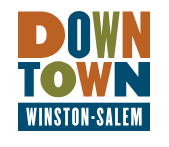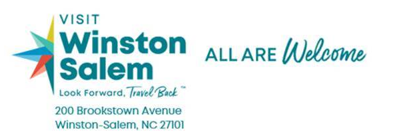Centrally located in the Piedmont Triad of North Carolina, Winston-Salem is a “small town/big city” with roots in Moravian culture, and Southern industry. Created by the merger of the town of Salem, and the town of Winston, in 1913, we now have over 250,000 living and working here.
We are a part of both Forsyth County, North Carolina, one of 100 counties, and the city of Winston-Salem.


Law Enforcement Agencies

911 or Non-Emergency Police Number is (336) 773-770
~

You are HERE! The Winston-Salem Ambassadors are here to Welcome & Connecting All! We find what you need out of Winston-Salem and help you get it!
~

“Greater Winston-Salem, Inc. works to develop a vibrant, thriving community that’s good for business growth and sustainability. With focus areas in economic development, talent recruitment and retention, career-readiness, and advocacy, our initiatives are designed to help business and community grow.”
~

“The Downtown Winston-Salem Partnership (DWSP) is an active member and advocacy organization leading the efforts to revitalize and strengthen the core of the city through business recruitment and support, economic development, marketing, and special events.”
~

Visit Winston-Salem encourages you to come and hang out with us! They provide support for tourism development.
~

We have over 80 parks and miles and miles of greenway! Use THIS LINK for the Park Locator, and find a park near to you.
~
Bienvenida a Winston-Salem!

“THE HISPANIC LEAGUE STRIVES TO IMPROVE THE QUALITY OF LIFE FOR HISPANICS/LATINOS BY PROMOTING COMMUNITY INCLUSION, EDUCATION, HEALTH, AND MULTICULTURAL UNDERSTANDING.”
~
